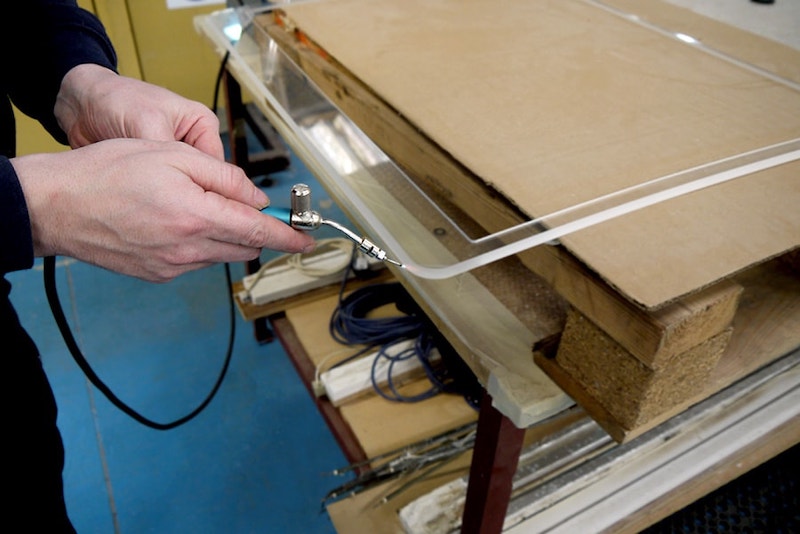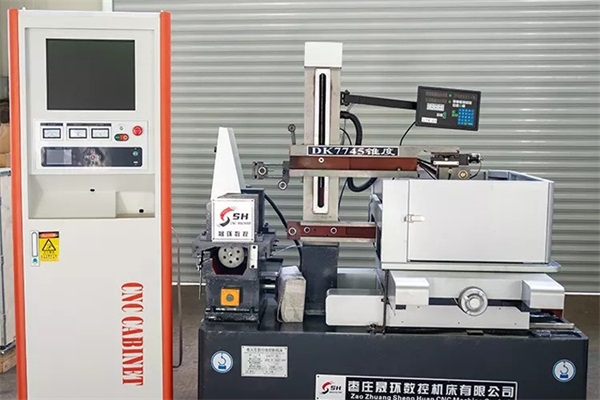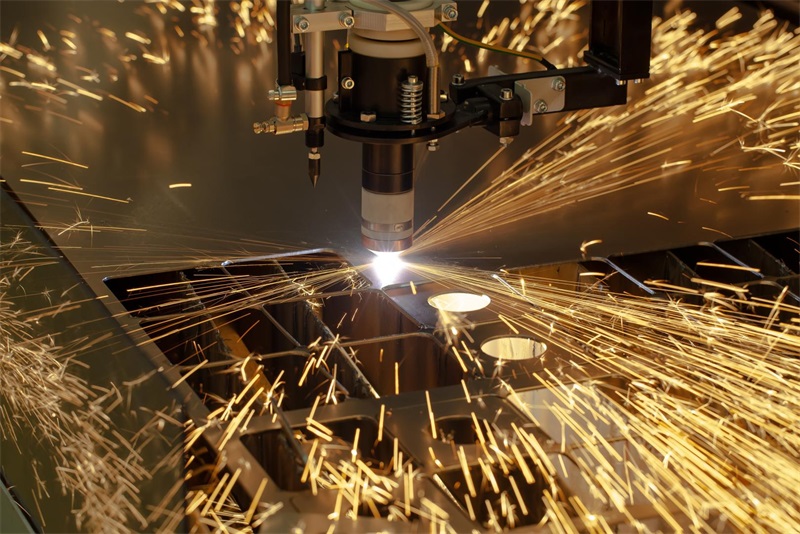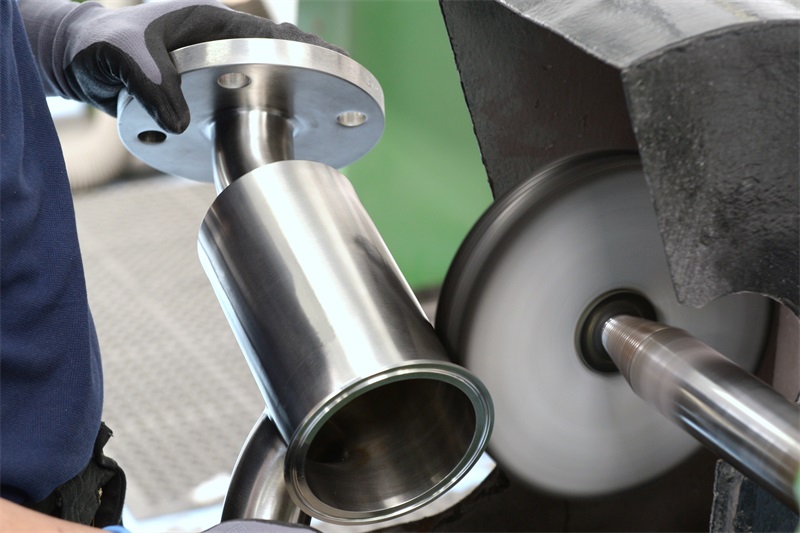Plastics are cheap and versatile. You can find plastic products everywhere, from the electronic gadgets you use to the construction frames of your house. We can’t escape from using plastic materials in our manufacturing process. We use the term “plastic fabrication” to describe plastic-related manufacturing.
Table of Contents
What is Plastic Fabrication?
Plastic fabrication entails manufacturing production methods that use plastics as the primary materials. It doesn’t matter the industry that you are working on. It involves various range of plastic-related manufacturing processes suitable for producing plastic-related products.
Plastic Fabrication Methods
You can use varying plastic-based materials for different plastic rapid manufacturing processes. Plastic fabrication involves using plastic material to produce plastic-based products in varying industries. Here are the available methods:
Vacuum casting
Vacuum casting requires silicone mold that you must cure for the best durability and strength. Then, you must cast the plastic resin materials into the mold inside the high-temperature vacuum chamber. After cooling down, you can remove the completed plastic product from the silicone mold.
Plastic Fabrication: Injection molding
Injection molding uses metal-based molds to host the injected liquid plastic materials. The molds will assume the shape of the completed plastic product. The injected plastic materials will form the completed plastic shape after cooling down.
Roto molding
This production process uses the rotational mold system to rotate vertically and horizontally during molding. The mold must be pre-heated before you place the plastic-based powder material into it. It will take shape during the rotational process.
Plastic extrusion
It provides the plastic fabrication process to produce long-dimensional plastic products in a continuous process. You must enter the melted plastic materials into the die cavity and extrude it to follow the final product’s shape. The long-dimensional products will get cut based on your design requirements.
Plastic Fabrication: Blow Injection molding
This plastic fabrication method uses a sleeve-like plastic film where you will place the plastic materials there. Next, you will use pressurized air to blow the plastic sleeve to shape the plastic materials into the completed product. It is a suitable method to produce hollow-shaped plastic products such as water bottles.
CNC machining
Specific plastic materials are compatible with the CNC machining process. The ABS and nylon are one of them. Plastic materials with high-level strength and durability will require CNC tools to cut them. Also, these sturdy plastics are suitable for milling, turning, and other CNC operations.
Plastic Fabrication – 3D printing
It uses 3D print technology that allows you to produce prototypes and small-sized components at a quick pace. It uses specific plastic resins you can place as the 3D print materials, which will be applied layer by layer using the 3D printing machine. It will follow the digital 3D blueprint you must submit to the machine’s control center.
Welding
Welding is not only for metals. Plastic welding is also an essential part of plastic fabrication. You can join two sturdy plastic materials using various welding tools and techniques.
Plastic fabrication – Pultrusion
It is the plastic fabrication method contrary to the extrusion process. This process will involve pulling out the plastic materials from the hot temperature dies to produce continuous, long dimensional products. You can configure the dimensional length of the finished products with this technique.
Manufacturers use these plastic fabrication methods in various industrial applications with differing production machines and material types. Each technique will have different functions to create differing plastic product types. Also, each fabrication method will be compatible with specific plastic materials only.
Plastic Fabrication Materials
Plastic materials offer many sub-categories for different manufacturing production goals. You can use these sub-categories of plastic materials in varying industries. Here are the types of plastic materials for fabrication:
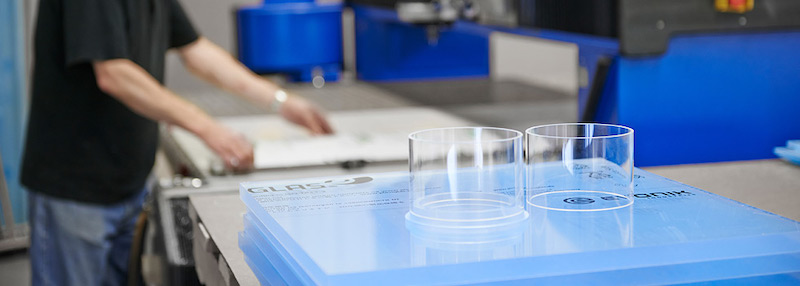
PP
It has a strong resistance to various chemicals. It is also a perfect plastic-based material for electrical insulation. The applications of this material include car interiors, medical tools, and containers.
PE
It offers an affordable and lightweight material for plastic-based production. It is also resistant to physical impact and chemical compounds. You can use it to produce plastic bags, pipes, and plastic-based packaging.
PS in plastic fabrication
Polystyrene (PS) presents clear-type and opaque designs that allow you to produce enclosures of various types. The clear-type PS material is suitable for producing CD cases and laboratory tools. This plastic material is valuable as an electrical insulation with its rigid and brittle characteristics.
PVC
The Polyvinyl Chloride (PVC) has two primary types–plasticized PVC and uPVC. The plasticized model offers flexibility, whereas the uPVC design provides rigidity. You can use both PVC models to produce medical devices, pipes, pvc keychains, and cables.
Acrylic in plastic fabrication
Acrylic is a plastic material applicable for producing clear-design enclosures, signage, display cases, and aquariums. It is lightweight and durable with weather-resistant characteristics. You can also use acrylic to make keychains and small ornamental accessories for decorations.
PC
It is a plastic material type with excellent impact resistance for producing automotive components. It also has a transparent characteristic, which makes this material perfect for making contact lenses and medical components. It can resist high temperatures with a high melting point for extreme temperature applications.
Nylon in plastic fabrication
Nylon or polyamide can provide excellent wear resistance, making it suitable for producing long-term durable plastic products. Nylon applications include bearings, automotive parts, gears, and textiles. This plastic material can also provide mechanical and chemical resistance.
ABS
It is a plastic material with high-level toughness and impact resistance. You can use it to produce auto parts, toys, and consumer-related products. ABS also has excellent machinability and heat resistance.
PTFE in plastic fabrication
PTFE provides frictionless plastic material with heat resistance that can withstand high temperatures. It also has a non-sticky characteristic for producing non-sticky cookware and seals. Also, PTFE has chemical resistance properties, making it best to make chemical containers.
PET
It offers a plastic material with high-level strength and durability for producing food packaging. Also, this material is transparent and chemical resistant, which is best for beverage bottles. Its chemical resistance properties keep the food and beverage packaging products safe and healthy.
Many plastic material types are available for different plastic fabrication purposes. Each plastic material has characteristics suitable for varying industrial applications. Some plastic materials will have better properties than others.
Plastic Fabrication Applications
Plastic fabrication has seen plenty of uses in varying industries throughout the years. Nowadays, we can see many products with plastics as the primary materials. Here are the regular industrial applications:
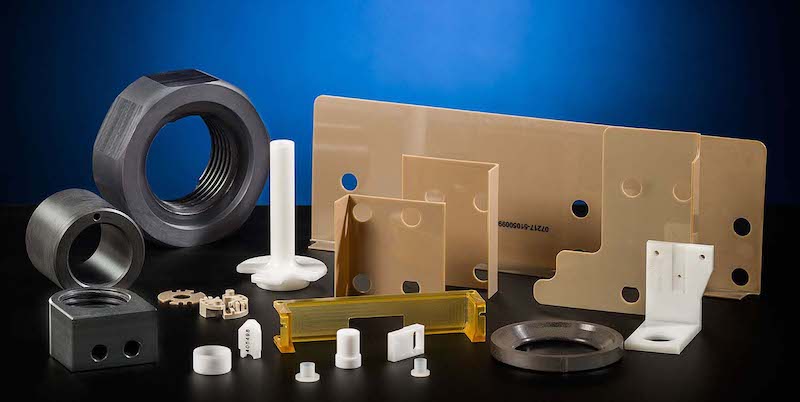
Consumer products
It is the most common end-user application of plastic fabrication, which encompasses a wide range of consumer-related products. You can use specific plastic material types to create plastic spatulas, bowls, bottles, furniture, electronic casings, and frames. These are the familiar items you can find around the household or office.
Medical
Plastic fabrication is also essential in producing various medical kits and devices, which can help both health professionals and patients. You can use differing materials to mass-produce blood bags, syringes, components for prosthetics, medical implants, and containers or vials. The goal is to help speed up recovery for the patients while assisting the health professionals better.
Automotive
Many automotive components use varying plastic materials to produce the interior and exterior parts. The regular applications for plastic fabrication in the automotive industry include steering wheels, dashboards, gears, hoods, and engine enclosures. Plastic fabrications will focus on producing lightweight vehicle components in this industry.
Construction
Plastics are also plentiful in the construction industry. It is essential for building frames, pipe systems, decks, and window panels. You can use acrylics as a glass or roof replacement in house construction.
Foods
Plastics are very close to food production. You can find many plastic-based materials in a wide range of food-related products. Plastic fabrications are essential to produce many food-related products, including packaging, water bottles, disposable cutlery, straws, and long-term food containers.
Aerospace
The aerospace industry also benefits from using varying plastic-based materials for plastic fabrication. You can use plastic materials to produce seating components, airplane window panels, fuel systems, and radar components. Airplane manufacturers use sturdy and flexible plastics to produce various plane parts and components.
Kitchenware by Plastic Fabrication
Non-sticky kitchen cookware uses plastic materials to produce the non-sticky surface parts. Also, plastic fabrication will be essential to produce exterior components of kitchen-related items, such as microwaves, rice cookers, and cooking pots. These plastic materials help keep the prices of kitchen utensils affordable for consumers.
Textiles
Specific plastic materials, such as nylon and PP, are valuable for making clothing-related products. You can use it to produce synthetic fibers for various textile-related uses. The textile industry can benefit from plastic-related materials to weave durable textile-related products, such as swimwear and upholstery.
These industrial applications have become an essential part of plastic fabrication. Manufacturing companies use various plastic fabrication methods to create plastic-related products based on their material characteristics. The cheap production budget for plastic materials makes it easier for companies to mass-produce different plastic products quickly.
Conclusion
The various beneficial characteristics of plastics give rise to the massive demand for plastic-related products and components in varying industries. The good news about plastic materials is that you can use their unique characteristics to produce sturdy or flexible products based on your project goals. You can choose the best-suited fabrication method for your primary plastic materials according to your design requirements. Contact TEAM Rapid at [email protected] today to request a quote now!
